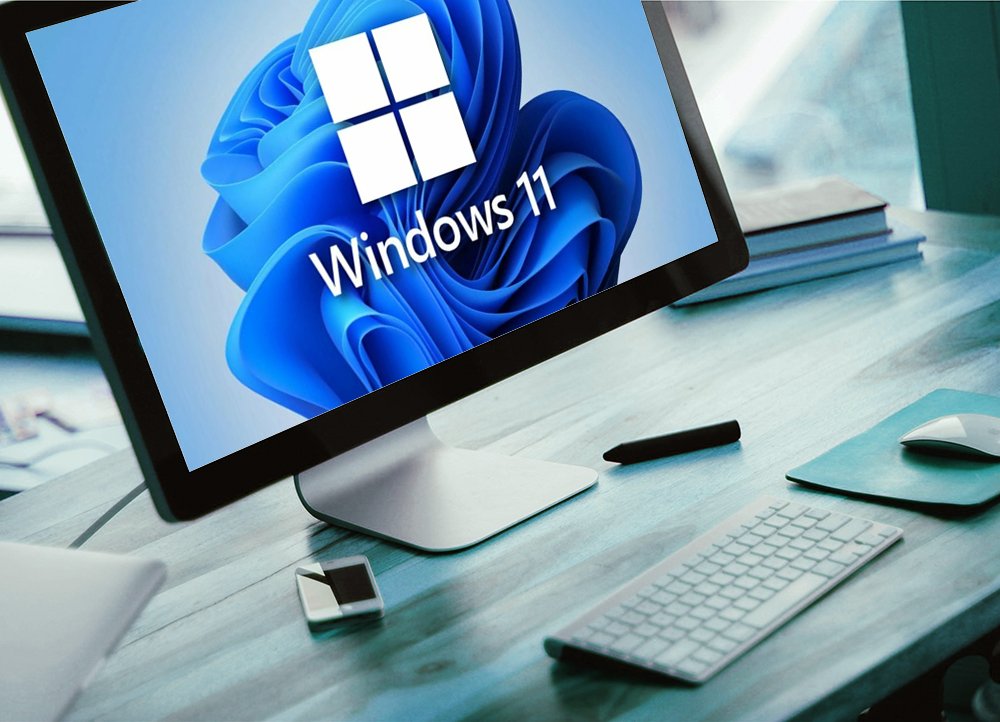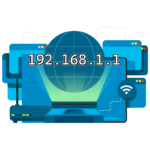Windows 11 Installation
Windows 11, the latest operating system from Microsoft, comes with a sleek new design, improved performance, and a host of features that enhance productivity and creativity. Whether you’re upgrading from Windows 10 or performing a fresh install, this guide will walk you through the process of installing and setting up Windows 11 on your PC.

System Requirements for Windows 11
Before you begin the installation, ensure your PC meets the minimum system requirements for Windows 11:
- Processor: 1 GHz or faster with at least 2 cores on a compatible 64-bit processor or system on a chip (SoC).
- RAM: 4 GB or more.
- Storage: 64 GB or larger storage device.
- Firmware: UEFI, Secure Boot capable.
- TPM: Trusted Platform Module (TPM) version 2.0.
- Graphics Card: DirectX 12 compatible graphics / WDDM 2.x.
- Display: >9” with HD Resolution (720p).
- Internet connection: Internet connectivity is necessary to perform updates and to download and take advantage of some features.
- Learn more about Windows 11 system requirements from Microsoft’s official documentation.
Step 1: Back Up Your Data
Before installing Windows 11, back up all your important files to an external hard drive or cloud storage. This ensures you don’t lose any data during the installation process.
Step 2: Download Windows 11 Installation Media
- Visit the Official Microsoft Website: Go to the Windows 11 download page.
- Download the Installation Media: Click on “Download Now” under the “Create Windows 11 Installation Media” section. This will download the Media Creation Tool.
- Create a Bootable USB Drive: Run the Media Creation Tool and follow the on-screen instructions to create a bootable USB drive with Windows 11.
Step 3: Install Windows 11
- Insert the Bootable USB Drive: Plug the USB drive into your PC.
- Restart Your PC: As your PC restarts, press the appropriate key (usually F2, F12, Delete, or Esc) to enter the BIOS/UEFI settings.
- Boot from the USB Drive: In the BIOS/UEFI menu, set the USB drive as the primary boot device.
- Start the Installation: Save the settings and exit the BIOS/UEFI. Your PC will now boot from the USB drive, and the Windows 11 installation process will begin.
Step 4: Follow the On-Screen Instructions
- Select Language, Time, and Keyboard Preferences: Choose your preferred language, time, and keyboard settings, then click “Next.”
- Click on Install Now: This will start the installation process.
- Enter the Product Key: If you have a Windows 11 product key, enter it. If you’re upgrading from Windows 10, you can skip this step.
- Select the Installation Type:
- Upgrade: Keep files, settings, and applications.
- Custom: Install Windows only (advanced). Choose this option for a fresh installation.
- Select the Partition: Choose the partition where you want to install Windows 11. If you’re doing a fresh install, you may need to delete the existing partitions.
Step 5: Set Up Windows 11
- Configure Your Settings:
- Choose your region and keyboard layout.
- Connect to a Wi-Fi network.
- Set up a Microsoft account or create a local account.
- Configure privacy settings, such as location, diagnostics, and more.
- Personalize Your PC:
- Select a color theme.
- Set up OneDrive or skip this step if you prefer local storage.
- Choose whether to use Cortana and other Windows features.
- Wait for the Setup to Complete: Windows 11 will finalize the setup, and you’ll be taken to the desktop once it’s done.
Step 6: Install Updates and Drivers
Once Windows 11 is installed, it’s essential to install the latest updates and drivers to ensure your system runs smoothly.
- Go to Settings > Windows Update > Check for updates.
- Install the latest drivers for your hardware components, especially your graphics card, motherboard, and peripherals.
Conclusion
Installing and setting up Windows 11 on your PC is a straightforward process when you follow these steps. Whether you’re upgrading or performing a fresh installation, Windows 11 offers a modern and enhanced computing experience. Don’t forget to explore the new features and customize your settings to get the most out of your new operating system.
By ensuring your PC meets the system requirements and carefully following the installation instructions, you can enjoy the benefits of Microsoft’s latest OS with minimal hassle.
More to explore:
- Refer to our guide on How to Back Up Your Data Before Installing a New OS for more details on safeguarding your files.
- Explore Top Windows 11 Features You Need to Know to make the most of your new OS.
Related
Discover more from Computer Climax
Subscribe to get the latest posts sent to your email.






One Response